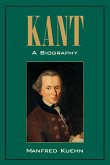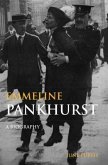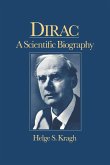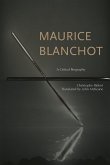The Nobel Prize for the discovery of the structure of DNA was given to three scientists - James Watson, Francis Crick, and Maurice Wilkins. It was the experimental work of Wilkins and his colleague Rosalind Franklin that provided the clues to the structure. Here, Wilkins, who died in 2004, gives us his own account of his life, his early work in physics, the tensions and exhilaration of working on DNA, and his much discussed difficult relationship with his colleague Rosalind. This is a highly readable, and often moving account from a highly distinguished scientist who played one of the key roles in the historic discovery of the molecule behind inheritance.
The Franklin/Wilkins story has often been told as an example of the unjustness of male scientists towards their women colleagues, and questions have been raised over whether credit was distributed fairly when the Nobel Prize was awarded. In this autobiography Wilkins attempts to tell his side of the story.
The Franklin/Wilkins story has often been told as an example of the unjustness of male scientists towards their women colleagues, and questions have been raised over whether credit was distributed fairly when the Nobel Prize was awarded. In this autobiography Wilkins attempts to tell his side of the story.








